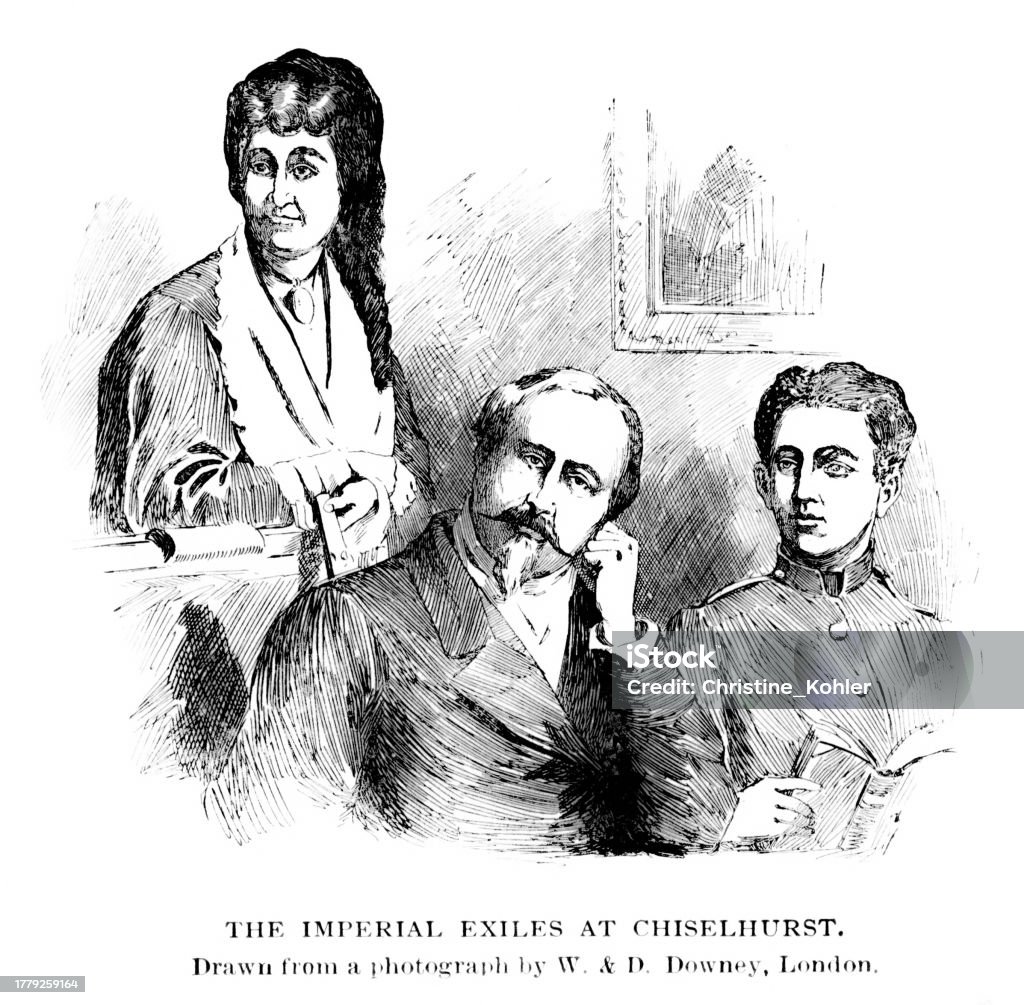According to van Dijk (2011), media discourse are mediated by social representations, which include knowledge, attitudes, and ideologies that are expressed in discourse through a person’s mental schema. And Howarth (2000) define discourse as a system of meaningful practises that constitute the identities of subjects and objects. This means that the relationship between discourse and context is not one-to-one deterministic.
While, according to Foucault(1979), discourse is a place where power is exercised and challenged. Media discourse extends its influence through framing and agenda-setting, influencing public understandings and collective perceptions, and even negotiating social norms. This is evident in everything from news articles to social media narratives. Talks about body shaping on digital media platforms serve as a great example of the influence of meida discourse.

The media wields power by endorsing particular conceptions of the body and pressuring people to adhere to these ideals. For instance, bloggers frequently post enhanced photos of their gorgeous bodies and glamorous lifestyles on social media sites like Instagram, creating an unattainable standard of beauty. Herein lies the relevance of Foucault’s concept(1979) of the circular prison: the pervasive gaze of power forces this standard of beauty to become the standard by which people measure themselves, enabling the individual to internalize the gaze of a socially aware ‘other’ and to self-regulate to conform to the standard of beauty’.
However, distinct discourses have demonstrated distinct influences when it comes to body shaping. Apart from the blogger culture previously mentioned, there exist voices on social media platforms that challenge social norms that perpetuate unrealistic beauty standards, question ‘body shame,’ advocate for positivity and tolerance of all body shapes, and emphasize self-love and acceptance of oneself. According to this viewpoint, media discourse seeks to establish a culture in which people can accept their bodies with confidence and comfort without having to live up to social standards or other people’s expectations.
Furthermore, “online activism” uses the body issue as a springboard to address broader social issues like systematic prejudice, discrimination, and inequality. These days, body image is only one topic in the media’s discourse; it covers all elements of society to bring about structural change and social awareness.
By examining these narratives, we can observe the energy of media discourse beyond communication. The conversation surrounding body shaping essentially captures a broader phenomenon in the media: the merging of language, image, and social norms that collectively mold our consciousness.
Nowadays, by bringing in a flood of well chosen images and cleverly constructed messaging, the advent of the digital age has increased the media’s ability to shape public opinion and underscored the need for greater media literacy. Knowing the processes through which media discourse shapes perceptions makes it even more crucial because it enables mass to interact critically with the narratives that are put forth, assisting the general public in maintaining dialectical thinking amidst a sea of media discourse.
Reference:
Christine, K. (2023). French Emperor Emperor Napoleon III, Empress Eugenie de Montijo, and Prince Imperial Portrait, 19th Century European History stock illustration [image]. Available from https://www.istockphoto.com/vector/french-emperor-emperor-napoleon-iii-empress-eugenie-de-montijo-and-prince-imperial-gm1779259164-546639074?phrase=male+gaze [Accessed 08 November 2023].
Howarth, D. (2000) Discourse. Buckingham: Open University Press.
Van Dijk, T., (2011). Discourse Studies. London: SAGE Publications.
Foucault, M. (1979) Discipline and Punish, trans. A. Sheridan, Harmondsworth: Penguin.


Hi, Xiaochang! Your blog provides a comprehensive overview of the relationship between media discourse, power dynamics, and body image. It effectively draws on the perspectives of van Dijk, Howarth, and Foucault to articulate the intricate ways in which media shapes perceptions and influences societal norms.